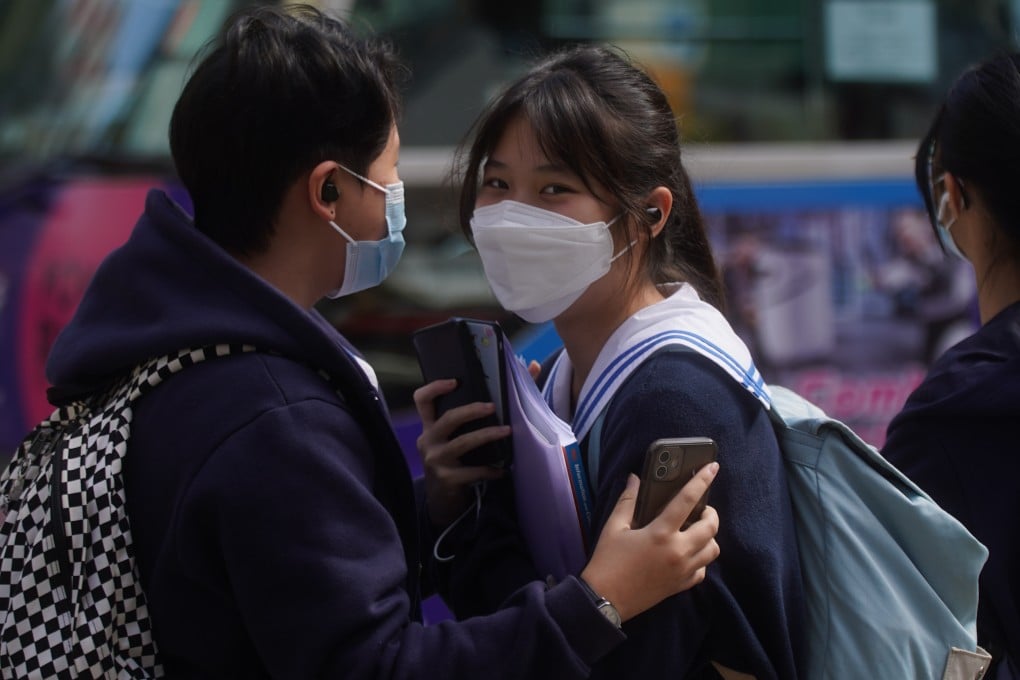Advertisement
Opinion | Three ways Hong Kong can nurture its youth for a bright future
- The shrinking of the youth workforce, income stagnation and the suicide rate among young people are all cause for concern
- As part of its youth development strategy, Hong Kong must focus on mental health, enhancing intelligence and social inclusion
Reading Time:3 minutes
Why you can trust SCMP

Even as the government is formulating a youth development blueprint, the latest news about young people is worrying.
Advertisement
First, the youth workforce in Hong Kong has been shrinking considerably. According to Census and Statistics Department data, the city’s population fell by 1.6 per cent between mid-2021 and mid-2022. A report in Chinese-language newspaper Ming Pao noted that the labour force aged 20 to 24 dropped sharply, by 23.4 per cent, in the first six months of 2022, while workers aged 25 to 29 decreased by 8.6 per cent. That equates to a loss of more than 80,000 young people from the labour force in six months.
Second, young people’s income is moving in the opposite direction to their level of education. The proportion of people aged 15 and above with a postsecondary education increased from 15.2 per cent of the total population in 1996 to 35 per cent in 2021.
However, in 1996, the median monthly income of those aged 15-24 from their main employment was HK$7,500, 78.9 per cent of the median monthly income (HK$9,500) of the working population.
By May-June 2021, young people’s median monthly income was HK$13,700, 73.3 per cent of that of the working population (HK$18,700), a drop of 5.6 percentage points. When factors like the minimum wage and inflation are taken into account, their income has barely grown in 25 years.
Advertisement
Meanwhile, the suicide rate of those under 15 in 2021 was the highest since 2000 at 1.7 per 100,000 people, according to the Hong Kong Jockey Club Centre for Suicide Research and Prevention at the University of Hong Kong. Although the base is small, the rate has nearly doubled in two years and shows an upward trend.

Advertisement
